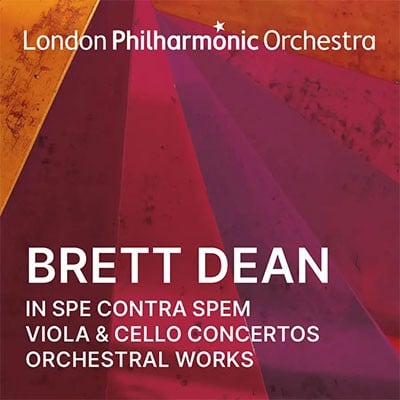3(I,III=picc,II=picc,afl).3(III=corA).4(III=bcl, IV=dbcl).3(III=dbn)-4.3.3(III=btrbn).1-timp-perc(4):I=susp.cym(sm,med,lg)/bubble wrap/4tom-t/vib/tamb/mark tree; II=bubble wrap/snare/t.bells/marimba/susp.cym(lg); III=snare//tam-t/5wdbl/sandpaper/4susp.cym/sizzle cym; IV=susp.cym/BD/sizzle cym/tuned gongs(C#4,D#4)/hi hat/5tpl.bl-harp-hammond org(Hammond B3 Organ with a Leslie 122 Cabinet Loudspeaker)-pft-strings(14.12.10.8.6)
Abbreviations (PDF)
Bote & Bock
The concerto is in one uninterrupted movement but can be heard in five major sections:
I. Extremely intimate, yet flowing and playful
The solo cello — in its high register — starts a tentative dialogue with the orchestra through birdcall-like material. While introducing various motivic ideas that will feature throughout the piece, it picks up in density, rhythmic edge, and tempo. Unexpectedly however it dissipates into...
II. Slow, dreamy, unhurried
An extended slow movement in which the soloist floats above gently undulating wave-like harmonies in harp and divided strings. At its peak, the orchestral colors are dominated by swirls coming from the two contrasting keyboard instruments, piano and Hammond organ. The solo cello takes us gradually down, down, down from its elevated, bird’s-eye-view into the new energy of ...
III. Allegro agitato sempre
In which the various rhythmic components that we’ve heard earlier return with a more demonic and threatening edge, forcing the soloist to “duck and weave” around the orchestra. This wakes the orchestra itself into more volatile actions of its own, in turn pushing the soloist into new territories of repeated down-bow chords and different colorings of the same note. The race comes to a sudden stop and everyone catches their breath for a moment but just when we think a calm may have returned we’re thrown into ...
IV. Fast, rhythmic, relentless
The soloist, now in lowest register, reluctantly takes off again; this cat-and-mouse chase with the orchestra isn’t done yet! At times the orchestra, having taken up the solo-cello’s motivic ideas as their own, then leaves the soloist behind, so keen are they to ride the wave, culminating in an extended orchestral tutti. After it subsides, the soloist returns, hushed, chastened perhaps by the orchestral storm he / she has set in motion. Shadows of former motives lead us to ...
V. Slow, spacious, and still
In the stillness, the soloist tentatively reconnects with the orchestra through a series of extended quarter-tone trills shared with other string soloists in cellos and basses. Calm, distant memories of the cello’s opening bird calls combine with delicate orchestral trills. The work ends with a hushed, upwards-spiralling question mark.
© Brett Dean
This programme note can be reproduced free of charge in concert programmes with a credit to the composer.
"...a fascinating, multi-hued work that will no doubt reward repeated listening."
Limelight
"The various motives emerge, evolve, dissipate and re-emerge in new guises between cello and orchestra. It is ingeniously achieved and seamlessly structured."
The Australian
"The cello is embedded in a continuous impulsive soundstream, with the orchestra spiced up with the exotic instrumental colours of sandpaper and Hammond organ. The principle is tension and relaxation, with lyrical moments following in an instant upon those of heightened energy."
Der Tagespiegel

Alban Gerhardt / London Philharmonic Orchestra /
Edward Gardner
LPO-0130

